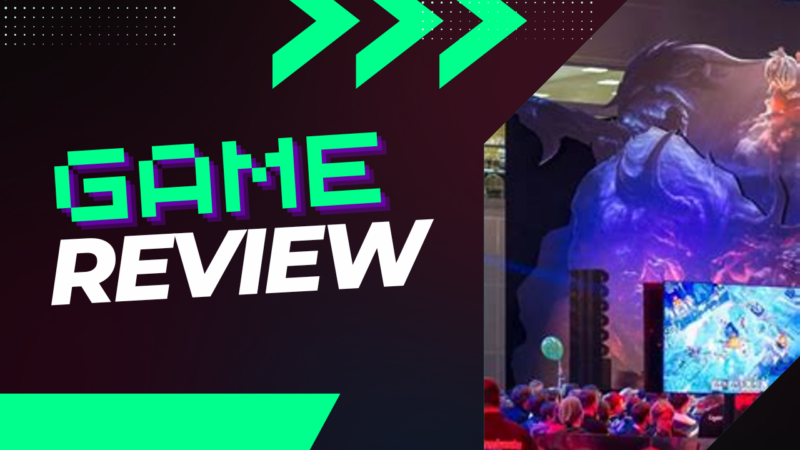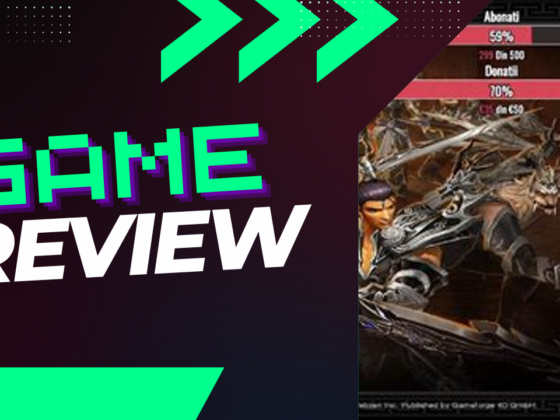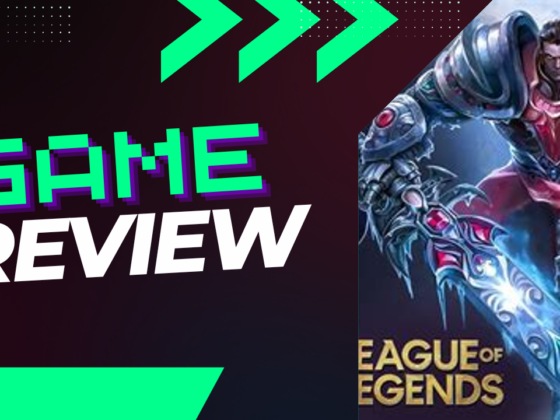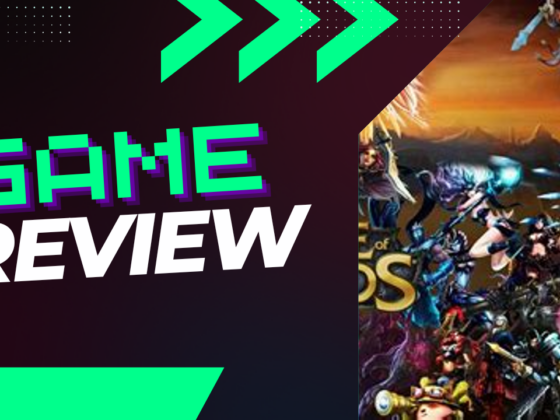What keeps millions of gamers glued to their screens, battling it out in the vivid, fantastical world of League of Legends? Is it the electrifying competition, a thrilling chess game where strategy reigns supreme, or perhaps the thrill of teaming up with friends to crush the opposition? As a cornerstone of the gaming universe, League of Legends not only offers accessibility with its free-to-play model but has also become an irrefutable titan in the esports arena. With each match, players find themselves drawn into a whirlwind of strategy, skill, and a community that breathes life into every pixel.
Why is League of Legends Still a Dominant Force in Gaming?
League of Legends continues to captivate players around the globe due to a confluence of key elements. Foremost among these is its accessibility. As a free-to-play game, it invites a vast audience to dive into its universe, allowing a diverse array of individuals to experience the thrill of gameplay. Additionally, it played a pioneering role in catering to the competitive essence of gaming.
League of Legends’ Ascension in the Esports Arena
In the realm of esports, League of Legends reigns supreme among video games, and it’s easy to see why. The game is bolstered by its immense popularity, competitive spirit, and virtually endless replayability.
Furthermore, it was one of the first video games to envision and effectively harness the potential of the esports phenomenon. As a result, many contemporary competitive games have modeled their frameworks and formats after that of LoL.
- What Makes League of Legends a Beacon in Esports?
- A Closer Look at League of Legends
- Diverse Game Modes
- Understanding the Multiplayer Online Battle Arena Genre
- Conclusion
What Makes League of Legends a Beacon in Esports?
The fundamental driving force behind League of Legends’ vast following is its accessibility. As one of the early adopters of the free-to-play model, it set a precedent by launching without any associated costs. Instead, the developers monetized the game through cosmetics that offered players no competitive edge, focusing solely on aesthetic enhancements. At the time, this approach was primarily seen in the MMORPG genre and was considered a novel concept.
This strategy led to an influx of players eager to explore League of Legends, simply because the experience was free. As more individuals joined the community, interest skyrocketed, and soon it seemed almost everyone was either playing or giving it a try.
In terms of esports, the game has garnered acclaim for its competitive framework. Players engage in intense five-versus-five battles that challenge both strategy and skill. Many players aspired to achieve the highest ranks in the game, dedicating significant time and effort to reach the pinnacle, though only a handful managed to do so.
League of Legends epitomizes both entertainment and competition, making it enjoyable to play and to watch. Fans of the esports aspect find excitement in watching elite players showcase their skills, while even casual gamers, or those who have stepped away from the game, often tune in to follow their favorite teams.
Another crucial aspect contributing to its esports popularity is the game’s emphasis on regional competitions. League of Legends has organized tournaments worldwide to scout and showcase talent from various locales, with notable regions including:
- Europe
- South Korea
- China
- North America
- South America
- Asia-Pacific
The presence of local teams fosters a sense of community, encouraging players to rally behind their regional champions. This setup also fosters a unique dynamic where aspiring players have greater opportunities to shine.
For instance, South Korea is a nation that holds its gaming industry in high regard, leading to substantial investments in League of Legends. With numerous sponsors eager to support teams, the country also exemplifies a trend where the best talent from around the globe is recruited to clinch victories.
International competitions inherently draw attention, as only the top teams from different regions qualify to participate. League of Legends hosts two major international tournaments:
The MSI (Mid-Season Invitational) serves as a showcase for the best teams before the climactic World Championships, where teams vie for the ultimate bragging rights. This championship boasts the largest prize pool of any LoL tournament and is heavily featured across various media platforms.
One interesting development in the esports format is the increased recognition of international stars. A noteworthy example is Faker, a South Korean player considered by many as the pinnacle of League of Legends proficiency, and who also ranks as one of the highest-paid esports personalities in the country.
As the landscape evolves, both seasoned players and emerging stars are gaining widespread attention. Just a few years ago, the notion of pursuing a career in esports was not widely acknowledged. Today, salaries in this field can rival those of athletes in traditional sports.
This phenomenon parallels the common enjoyment people find in sports. Casual players may enjoy kicking a soccer ball around, but there’s an entirely different thrill associated with watching professional athletes perform at their best. League of Legends has mastered this formula, ensuring its position as one of the most enduring games in contemporary gaming culture.
What is League of Legends?
League of Legends is categorized as a multiplayer online battle arena (MOBA) game and is among the pioneering titles in this genre. Players take on the role of a champion from the game’s universe, teaming up with four allies to battle against another squad. The objective is to be the first to demolish the opposing team’s base while strategic skirmishes unfold across the map.
Developed by Riot Games, the game is set in a richly crafted world known as Runeterra, where each champion hails from unique cultures and regions. Over time, extensive lore has been woven into the narrative, enhancing player investment in the game.
Beyond its competitive objectives, the game excels in depth and variety. With over 140 champions available, players have an immense selection to choose from and hone their skills with. Riot Games refreshes the game experience each year with new seasons, resetting ranks and introducing new champions to keep enthusiasm high.
League of Legends traces its roots to the MOD Defense of the Ancients (DotA), a custom game mode initially created using assets from Warcraft III. Several original developers from DotA transitioned to create League of Legends while others sought to forge a genuine successor to the game.
A significant aspect of League of Legends is its monetization approach. As a free-to-play title, Riot Games relies on cosmetic sales for revenue generation. This model was well-received, with players and critics praising character designs, accessibility, and the developers’ commitment to quality.
In the early days, players could purchase skins that merely altered a champion’s appearance. These skins often represented a character’s lore or offered alternate universe designs, showcasing the creative flair of Riot’s design team. Many imaginative universes stem from these skin concepts, including:
- A Wild West theme
- A galactic style reminiscent of Star Wars
- Wuxia-inspired designs
- Dystopian universe characters
- Skins that dynamically transform during gameplay
- And many more
In addition to champion skins, Riot has expanded customization options to include emotes, ward skins, and unique animations. Players acquire these features through in-game currency called Riot Points, which can be purchased with real money.
Initially launched in North America, League of Legends swiftly expanded to establish independent servers worldwide. Early on, Riot faced budget constraints but creatively partnered with other companies to support server growth.
Given its monumental success, most new titles from Riot Games now have global server availability, enabling players around the world to connect and enjoy the game alongside others within their region, while also facilitating international play, albeit with some potential lag considerations.
Despite facing its share of criticisms, League of Legends maintains a robust player base. In 2019 alone, the game attracted eight million concurrent players. Its success has spurred various spin-offs, such as:
- A critically acclaimed television show (Arcane)
- Mobile adaptations (Wild Rift)
- A digital card game (Legends of Runeterra)
- Music videos
- Comic book series
- Collaborative ventures with other prominent franchises
League of Legends is also recognized for its highly organized competitive structure and substantial prize pools in esports. There are twelve global leagues, each comprised of local teams striving for supremacy. Alongside regular seasons, the best teams converge annually for the prestigious World Championship tournament.
Hosting this Championship in various countries further boosts its global appeal, raking in substantial viewership via streaming platforms like Twitch and YouTube. It has even gained recognition on mainstream networks like ESPN.
As a cultural phenomenon, League of Legends is no longer just a game but has evolved into a societal fixture. Developers emphasize their commitment to preserving the essence of gaming while innovating new elements to maintain freshness. They view LoL not just as a game but as an enduring sport, with rules and themes adaptable for future developments.
Exploring Game Modes in League of Legends
Riot Games has integrated various game modes within League of Legends to maintain excitement while introducing new dynamics for players. These modes seamlessly fit within the overarching universe of LoL. Some of the most popular game modes include:
Summoner’s Rift
Summoner’s Rift is the original and quintessential mode of League of Legends. Players can participate either solo or in teams, battling against random opponents or pre-organized teams.
Each match revolves around the objective of destroying the enemy’s base. Players must accumulate resources and strategic advantages while continuously working to outmaneuver the opposing side.
ARAM (All Random, All Mid)
ARAM presents a faster-paced experience on a compact map with unique rules. Players do not select their character at the start; instead, they are randomly assigned a champion to play.
In this mode, teams work together to destroy the enemy base through a single lane, which eliminates recalls and base healing, emphasizing rapid gameplay.
Teamfight Tactics (TFT)
The most distinct departure from Summoner’s Rift is Teamfight Tactics (TFT). This game mode is a strategic, auto-battler experience that challenges players to pit their tactics against one another in a series of engaging skirmishes.









